 Shutterstock
Shutterstock
As dogs age, they often face health challenges, with vision problems being common. Like humans, dogs can develop conditions such as cataracts, glaucoma, and other degenerative eye diseases that can lead to impaired vision or blindness. Some breeds are genetically predisposed to these issues, making them more likely to experience vision decline as they grow older. Understanding which breeds are prone to conditions like progressive retinal atrophy (PRA) or cataracts allows owners to take preventative steps and seek early treatment to ensure their dogs remain comfortable and healthy.
Cocker Spaniel
 Shutterstock
Shutterstock
Cocker Spaniels are known for their soulful eyes, but unfortunately, these beautiful eyes are prone to several hereditary conditions. One of this breed’s most common eye problems is cataracts, which can develop even in young dogs and worsen with age. They are also at a higher risk for progressive retinal atrophy (PRA), a degenerative disease that eventually leads to blindness. Regular veterinary checkups can help manage these conditions, but Cocker Spaniels are among the breeds most likely to develop serious vision problems as they age.
Siberian Husky
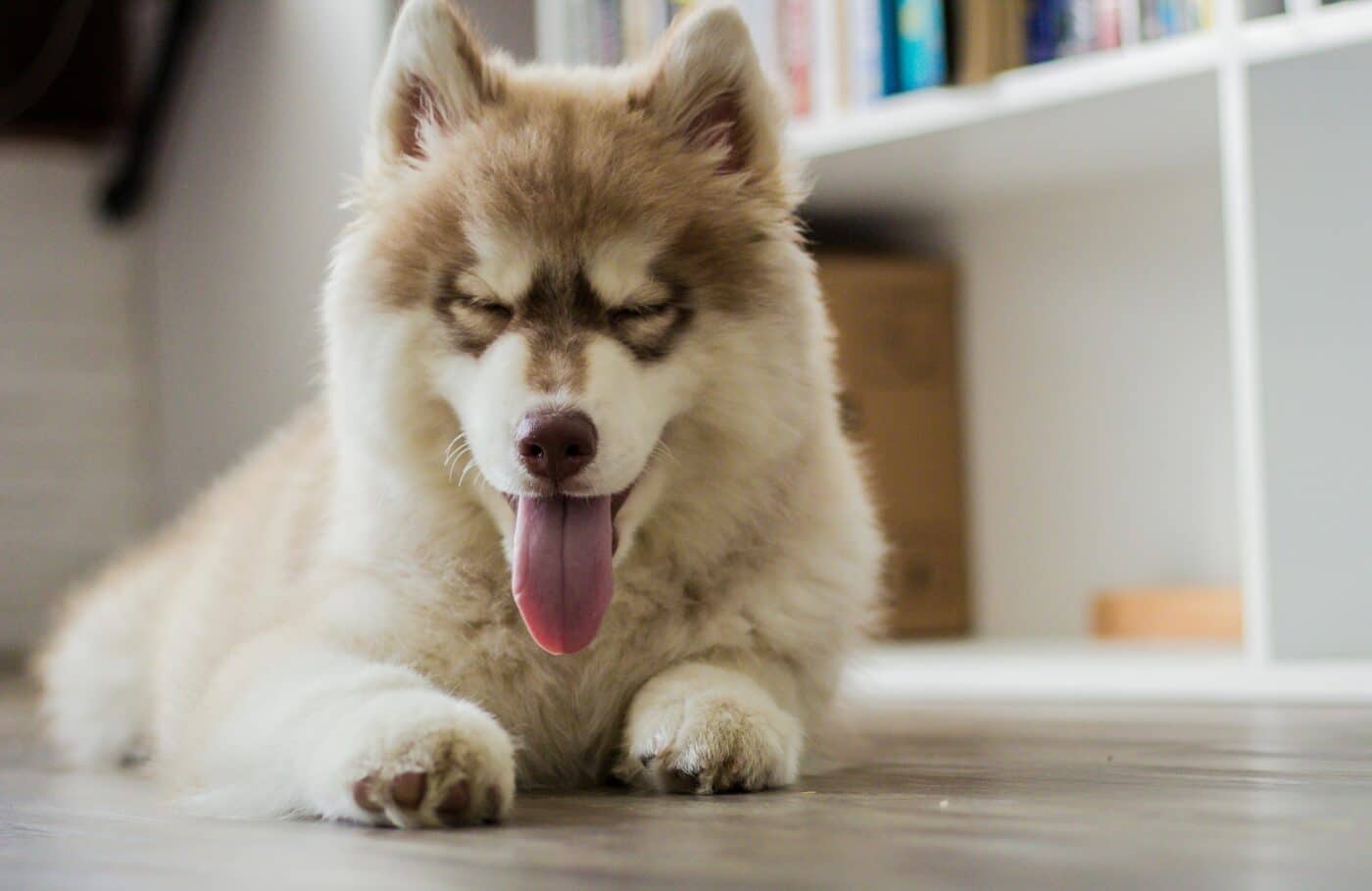 Shutterstock
Shutterstock
Siberian Huskies are stunning dogs, but their striking blue eyes can also be a source of health issues. Huskies are genetically predisposed to cataracts, with juvenile cataracts being a particular concern for this breed. These cataracts can form early in life and worsen with age, leading to impaired vision. Additionally, Siberian Huskies can suffer from PRA, which causes gradual vision loss. Regular eye exams and early detection can help manage these conditions. Still, Huskies are known for their susceptibility to vision problems, making them a breed that requires diligent eye care.
Boston Terrier
 Shutterstock
Shutterstock
Boston Terriers, with large, expressive eyes, are also prone to various eye issues, including cataracts and corneal ulcers. Their protruding eyes make them more susceptible to injury and irritation, which can worsen as they age. Cataracts are common in older Boston Terriers, often leading to partial or complete vision loss. These dogs are also prone to glaucoma, a condition that causes pressure to build up in the eye, leading to pain and potentially blindness. Regular vet visits can help monitor these conditions, but Boston Terriers are a breed where vision problems are almost expected as they age.
Poodle
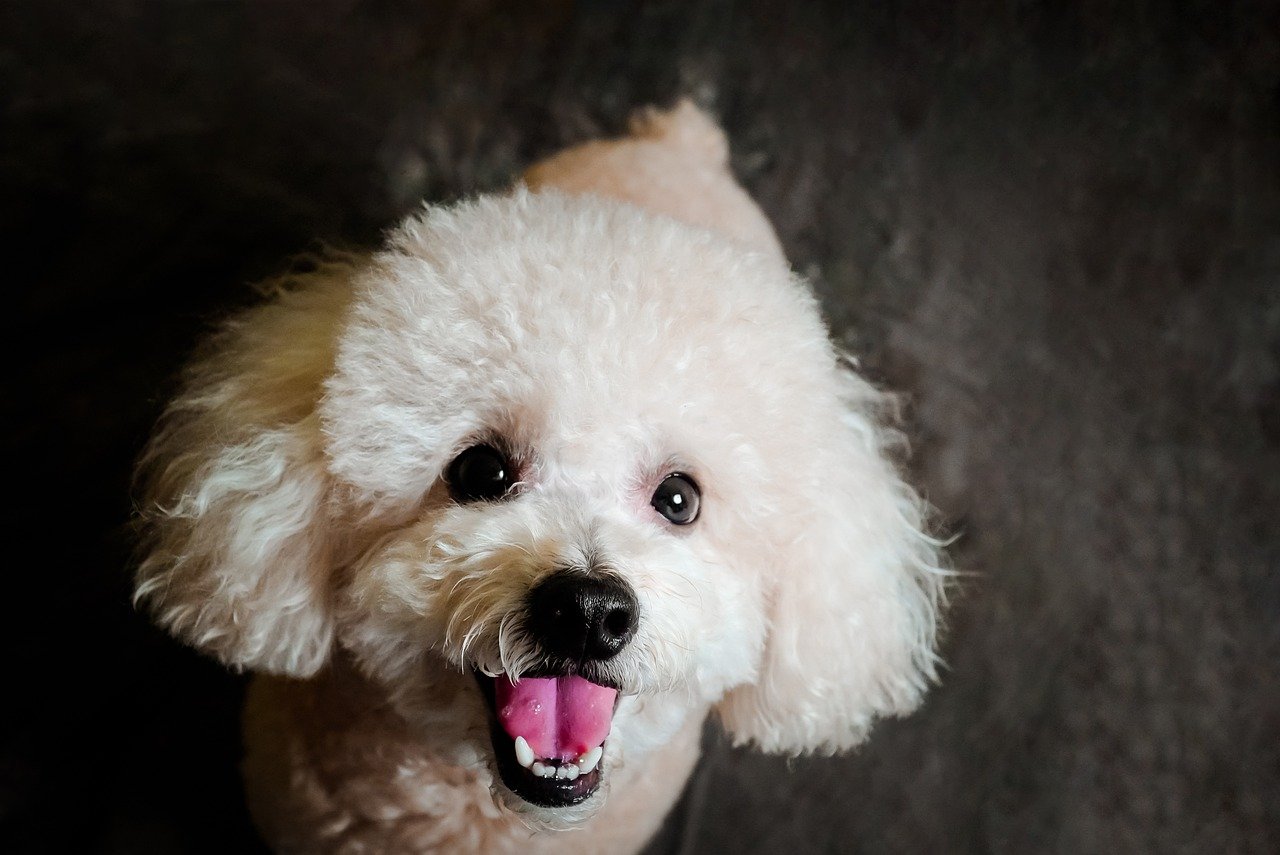 Shutterstock
Shutterstock
Poodles, particularly the miniature and toy varieties, are genetically predisposed to several eye conditions. Progressive retinal atrophy (PRA) is a major concern in this breed, leading to the gradual degeneration of the retina and eventual blindness. Cataracts are also common in older Poodles, often requiring surgery if left untreated. Poodles are also susceptible to glaucoma, which can be painful and lead to blindness if not addressed early. Due to their predisposition to eye issues, Poodle owners should be particularly vigilant about regular eye exams to catch any problems early.
Shih Tzu
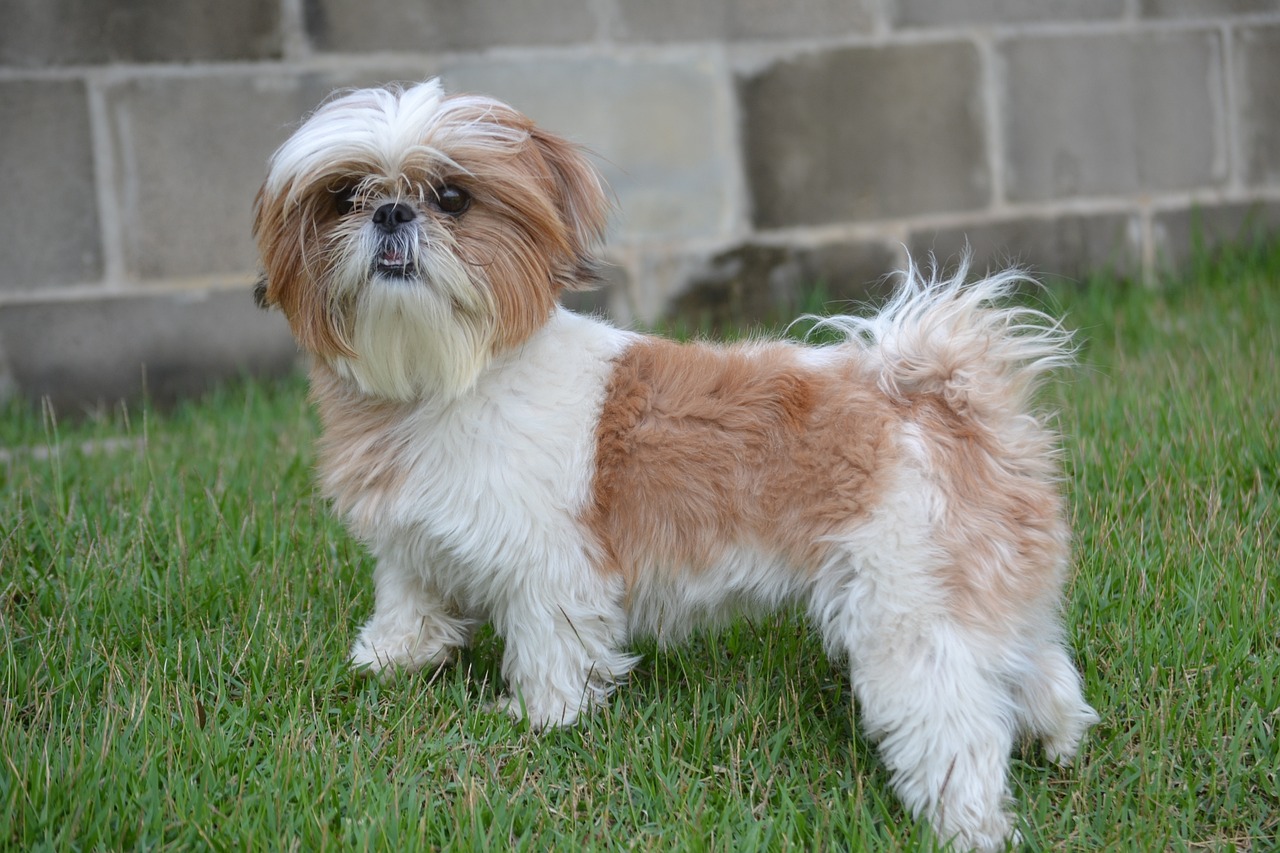 Shutterstock
Shutterstock
Shih Tzus are known for their adorable, bulging eyes, but this unique trait makes them more vulnerable to eye issues. They are prone to conditions such as keratitis, a chronic inflammation of the cornea that can lead to scarring and vision impairment. Cataracts and PRA are also common in Shih Tzus as they age, both of which can significantly affect their vision. Additionally, their protruding eyes are more susceptible to injury and infection. Owners should pay close attention to any changes in their Shih Tzu’s eyes and seek veterinary care at the first sign of trouble.
Golden Retriever
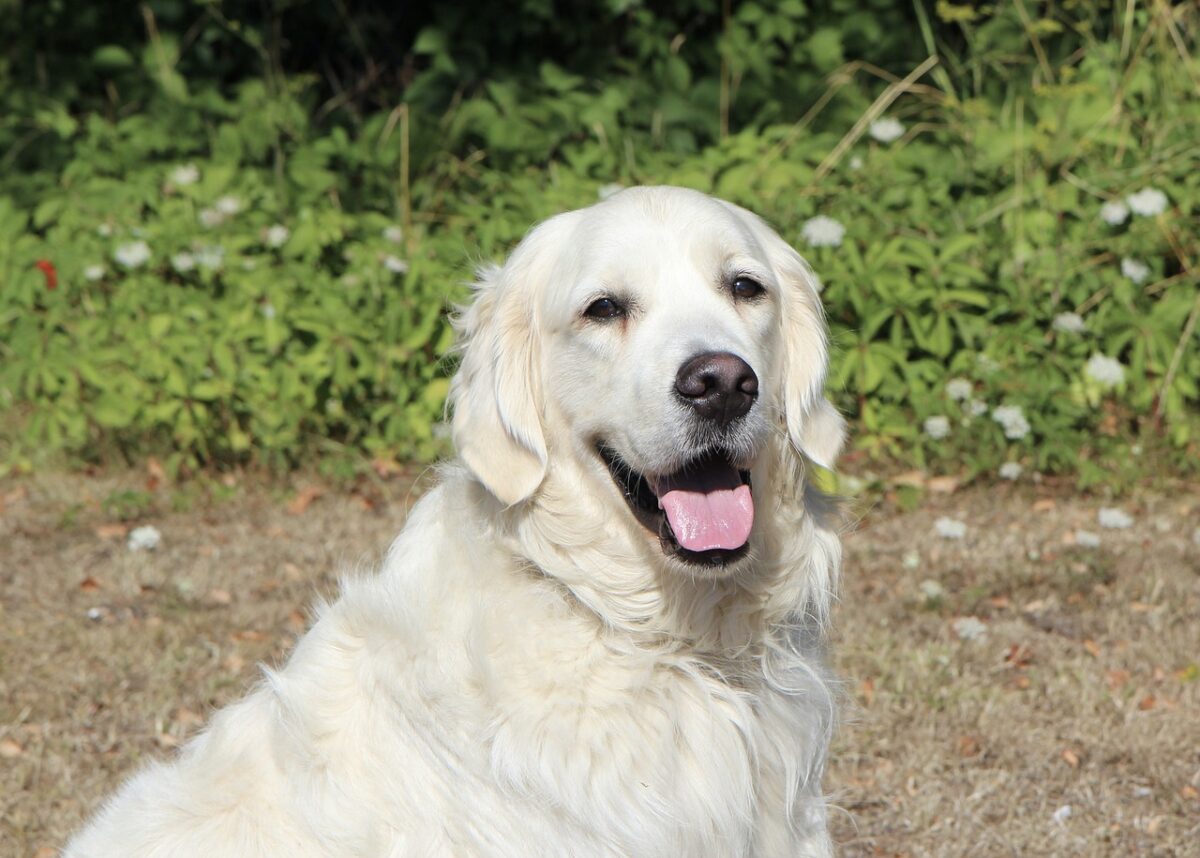 Shutterstock
Shutterstock
Golden Retrievers are beloved for their friendly nature but also prone to developing vision problems as they age. PRA is a significant concern for this breed, and many Goldens start losing their vision later in life due to this degenerative condition. Cataracts are another common issue in older Golden Retrievers, and surgery is often the only option to restore vision. Given their predisposition to these problems, Golden Retriever owners should ensure their dogs receive regular eye checkups to catch any signs of trouble early.
Dachshund
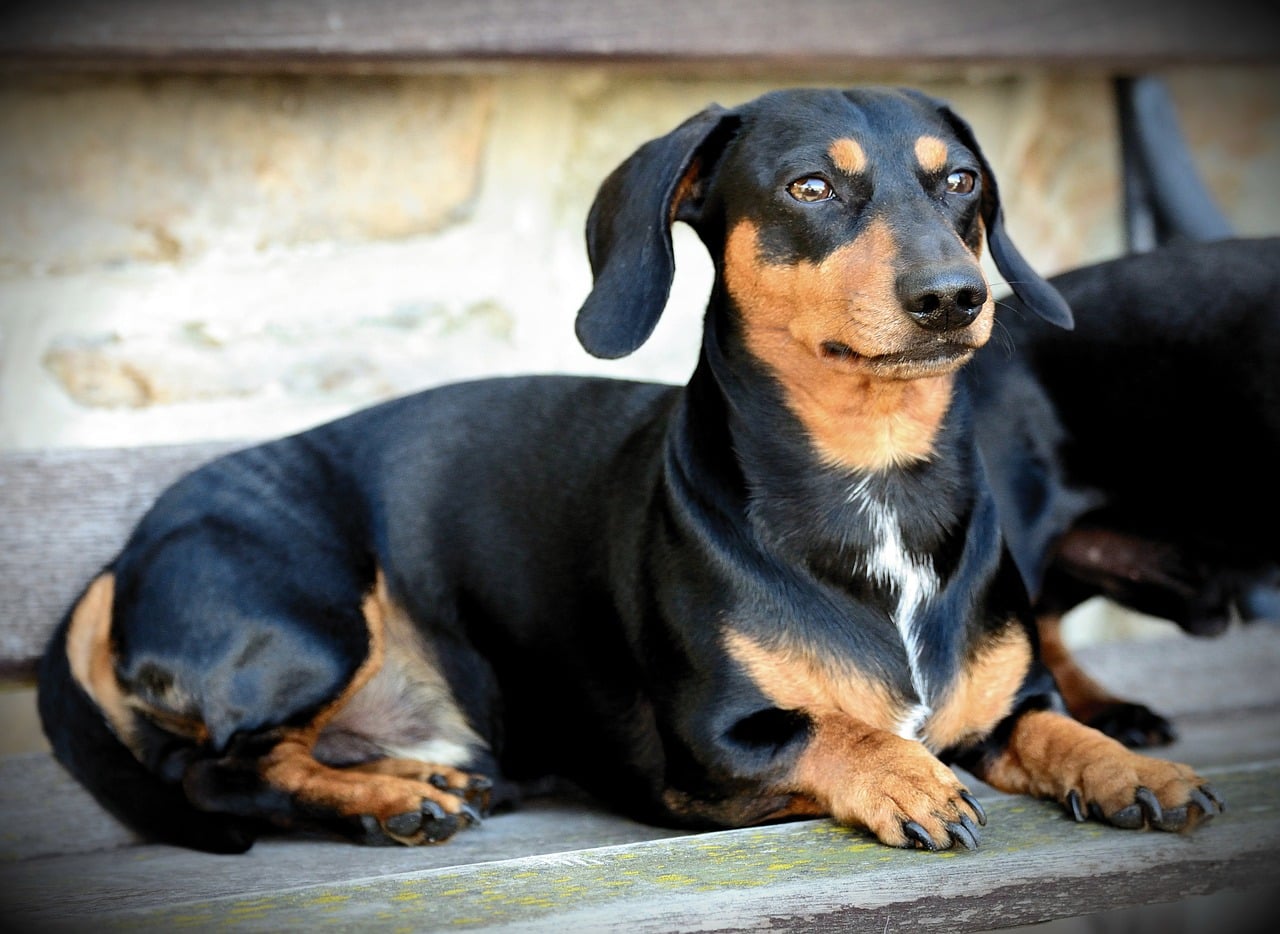 Shutterstock
Shutterstock
With their long bodies and big personalities, Dachshunds are also prone to several eye issues. PRA is one of the most common concerns in this breed, often leading to gradual vision loss. Dachshunds are also at risk for cataracts, which can cause their vision to deteriorate as they age. Regular veterinary checkups, including thorough eye exams, are essential for this breed to help manage these issues before they significantly affect the dog’s quality of life. Early intervention is key to maintaining a Dachshund’s vision as they age.
Boxer
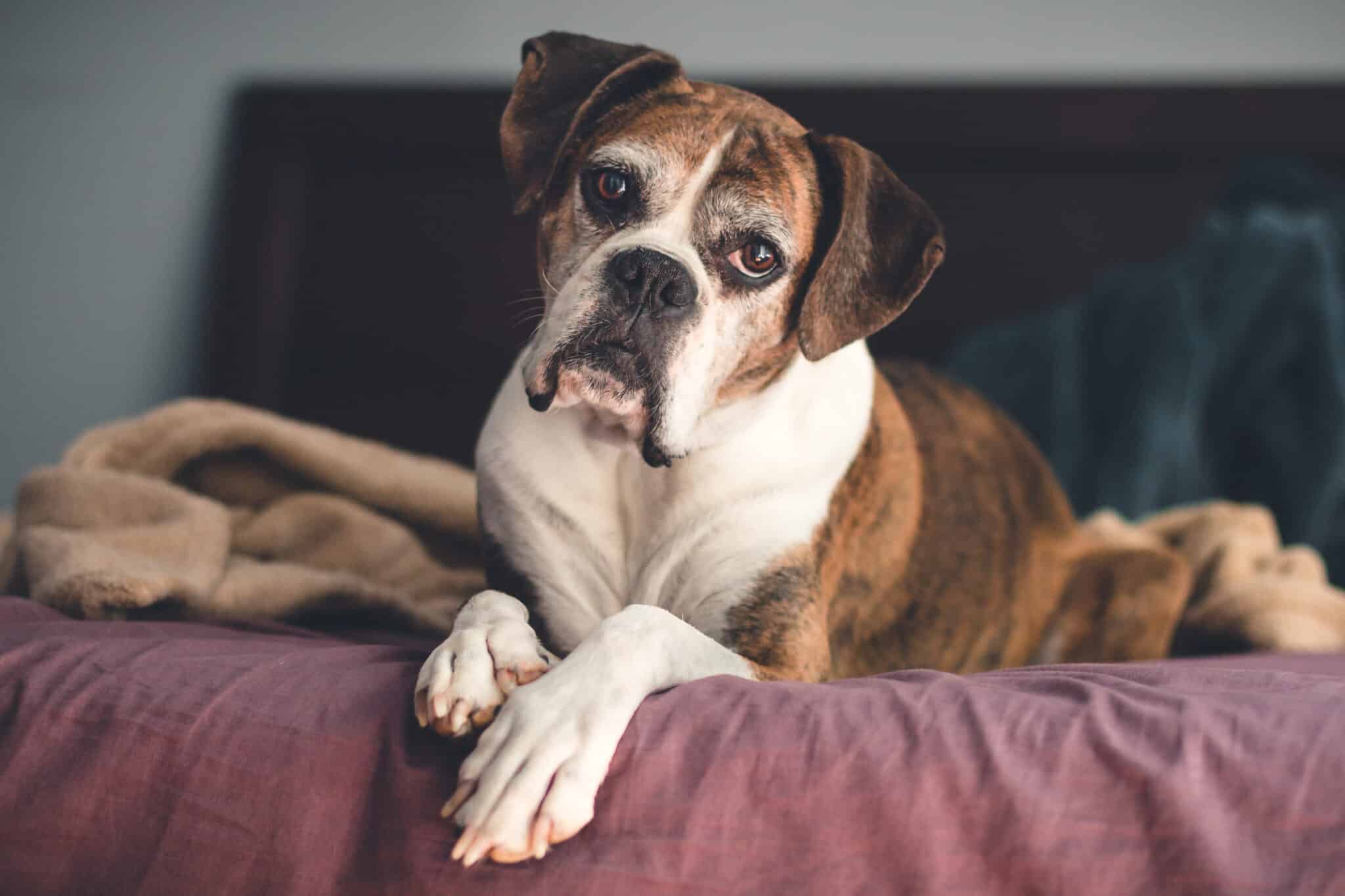 Shutterstock
Shutterstock
Boxers are strong, energetic dogs, but their eyes can be a source of trouble as they age. Corneal dystrophy is one of the most common eye conditions in Boxers, which can lead to cloudiness and vision impairment. They are also prone to PRA, a degenerative condition that causes progressive vision loss and eventually leads to blindness. Cataracts are another concern in older Boxers, often requiring surgical intervention to correct. Regular eye exams and early treatment can help prolong a Boxer’s vision and overall quality of life.
Chihuahua
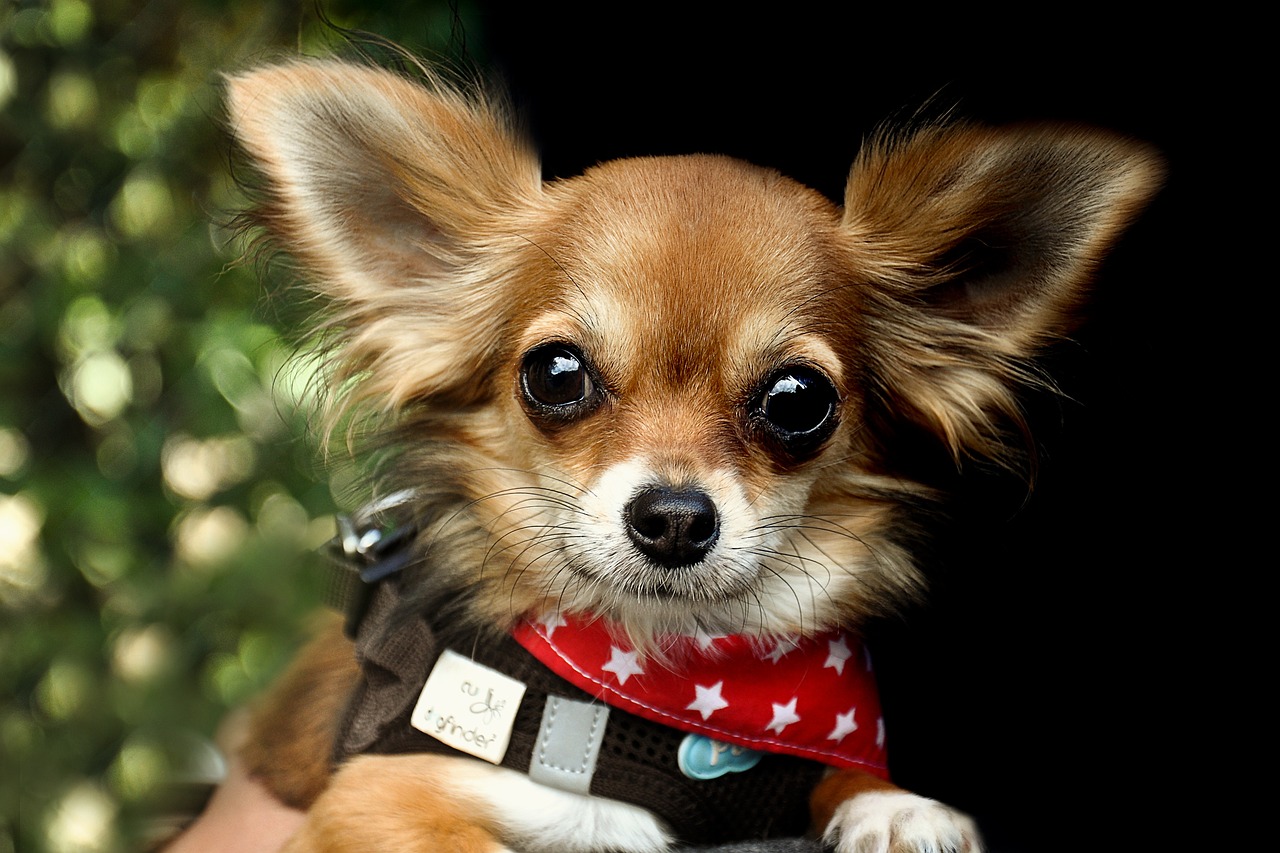 Shutterstock
Shutterstock
Chihuahuas may be small in size, but they’re not immune to big health problems, especially when it comes to their eyes. If not treated, this breed is prone to cataracts, leading to significant vision loss. Chihuahuas are also susceptible to PRA, which causes gradual blindness over time. Their delicate eyes make Chihuahuas more prone to injury, which can exacerbate existing vision problems. Regular vet checkups and prompt treatment of any eye issues are essential to maintaining their vision as they age.
English Springer Spaniel
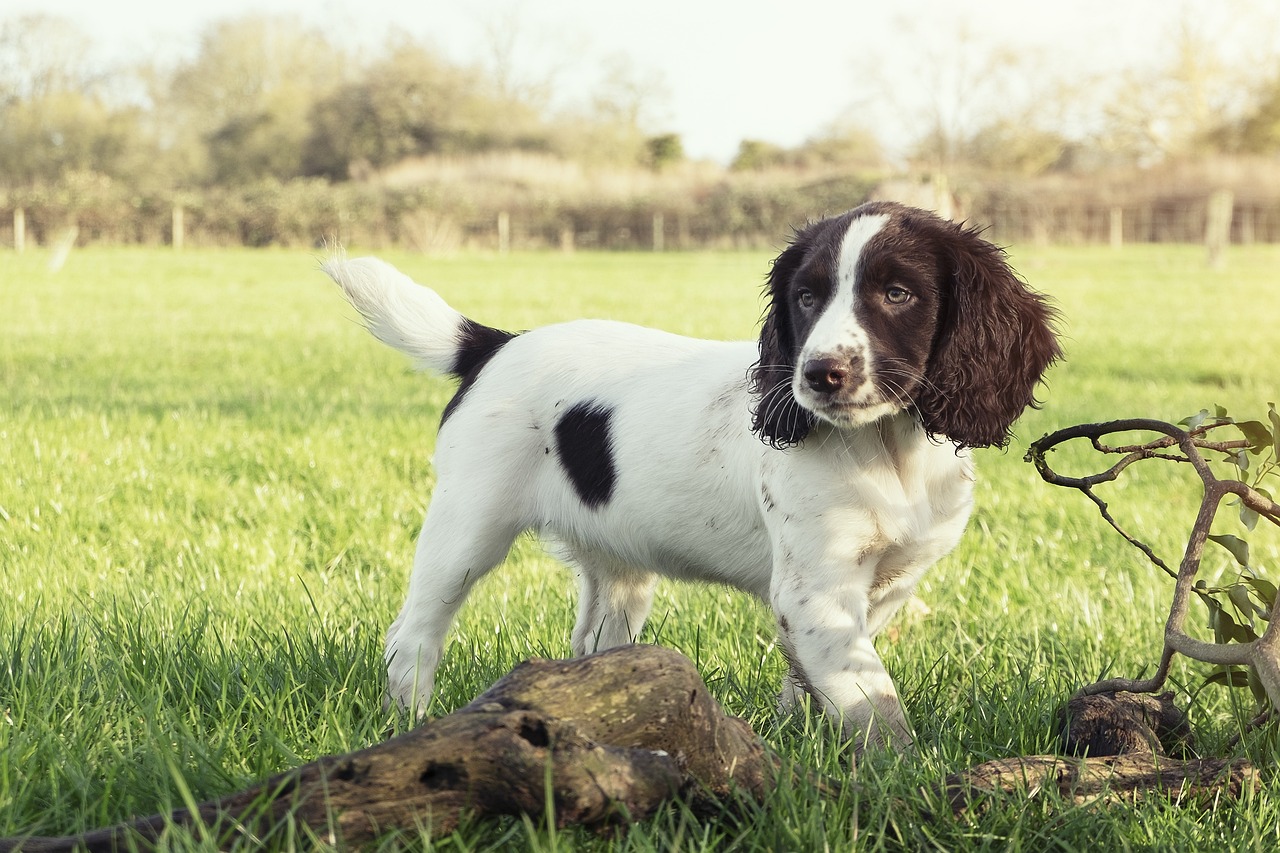 Shutterstock
Shutterstock
English Springer Spaniels are known for their lively personalities and friendly demeanor, but they’re also prone to various vision problems as they age. Cataracts are common in this breed, often developing in older dogs and leading to impaired vision. PRA is also a concern, causing the gradual degeneration of the retina and eventual blindness. Regular eye checkups are crucial for this breed, as early detection of these conditions can help manage their progression and maintain the dog’s quality of life.
Collie
 Shutterstock
Shutterstock
Collies, especially the Rough Collie, are prone to a genetic condition known as Collie Eye Anomaly (CEA), which can cause vision problems early in life and worsen as the dog ages. CEA affects the development of the eye and can lead to retinal detachment or blindness in severe cases. Collies are also at risk for cataracts and PRA, which can lead to vision loss as they age. Regular veterinary care and early diagnosis of eye conditions are important to help manage these issues and ensure the dog’s comfort as they age.
Beagle
 Shutterstock
Shutterstock
Beagles are happy, energetic dogs but prone to developing vision problems as they age. Cataracts are common in older Beagles, often requiring surgery to restore vision. PRA is another concern for this breed, leading to gradual vision loss and eventual blindness. Regular eye exams can help catch these conditions early, allowing for more effective treatment. Beagle owners should be vigilant about their dog’s eye health, as early detection and treatment can significantly affect their dog’s quality of life.
Miniature Schnauzer
 Shutterstock
Shutterstock
Miniature Schnauzers are prone to developing several eye conditions as they age, including cataracts and PRA. Cataracts can cause cloudiness in the eyes and lead to impaired vision, while PRA causes the gradual degeneration of the retina, eventually leading to blindness. Glaucoma is also a concern in this breed, which can be painful and lead to vision loss if not treated early. Regular eye checkups are crucial for Miniature Schnauzers, as early detection of these conditions can help slow their progression and maintain the dog’s vision for as long as possible.
Basset Hound
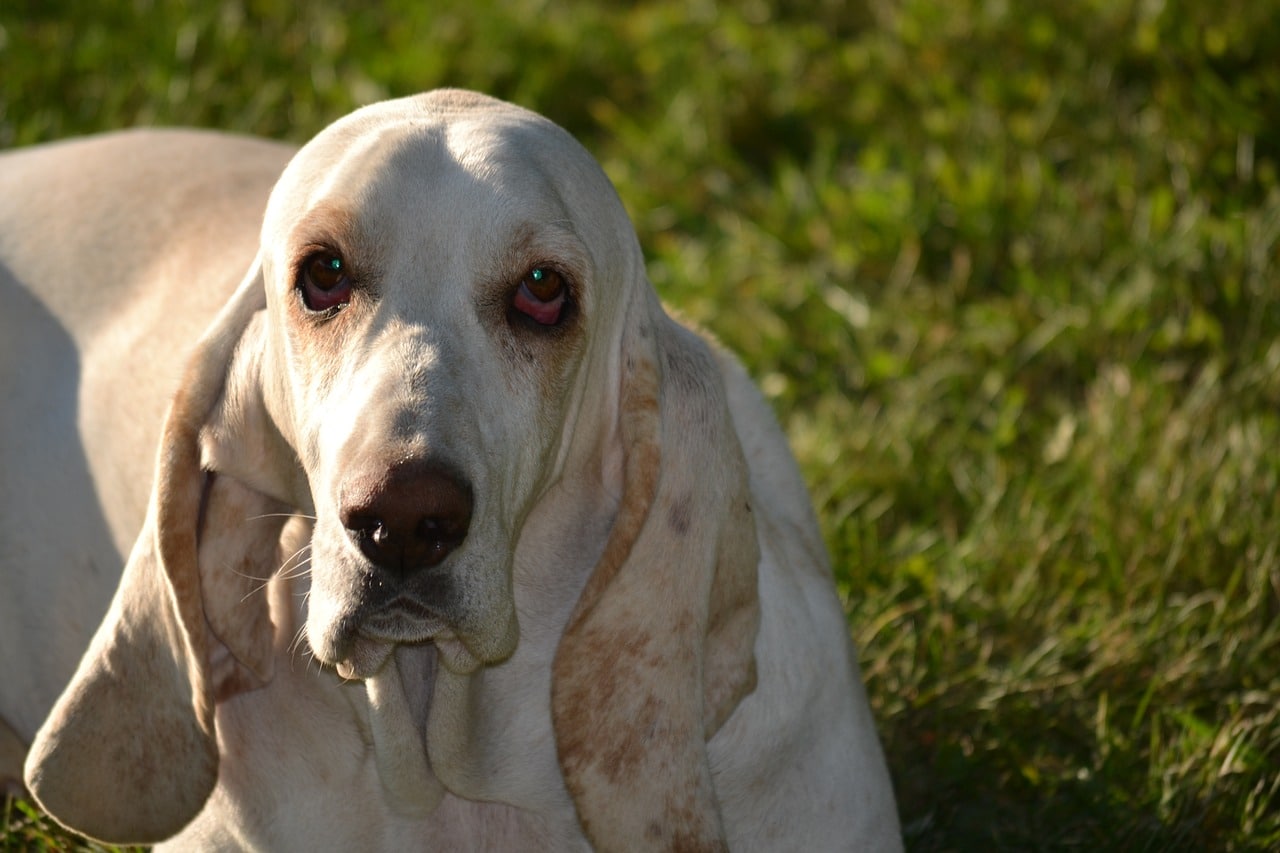 Shutterstock
Shutterstock
With their droopy eyes and laid-back demeanor, Basset Hounds are also prone to several vision problems as they age. Cataracts and PRA are common in this breed, often leading to significant vision impairment or blindness in older dogs. Basset Hounds are also at risk for glaucoma, which can be painful and cause permanent damage to the eyes if not treated promptly. Regular veterinary checkups, including thorough eye exams, are essential for this breed to ensure any vision problems are caught and treated early.
Lhasa Apso
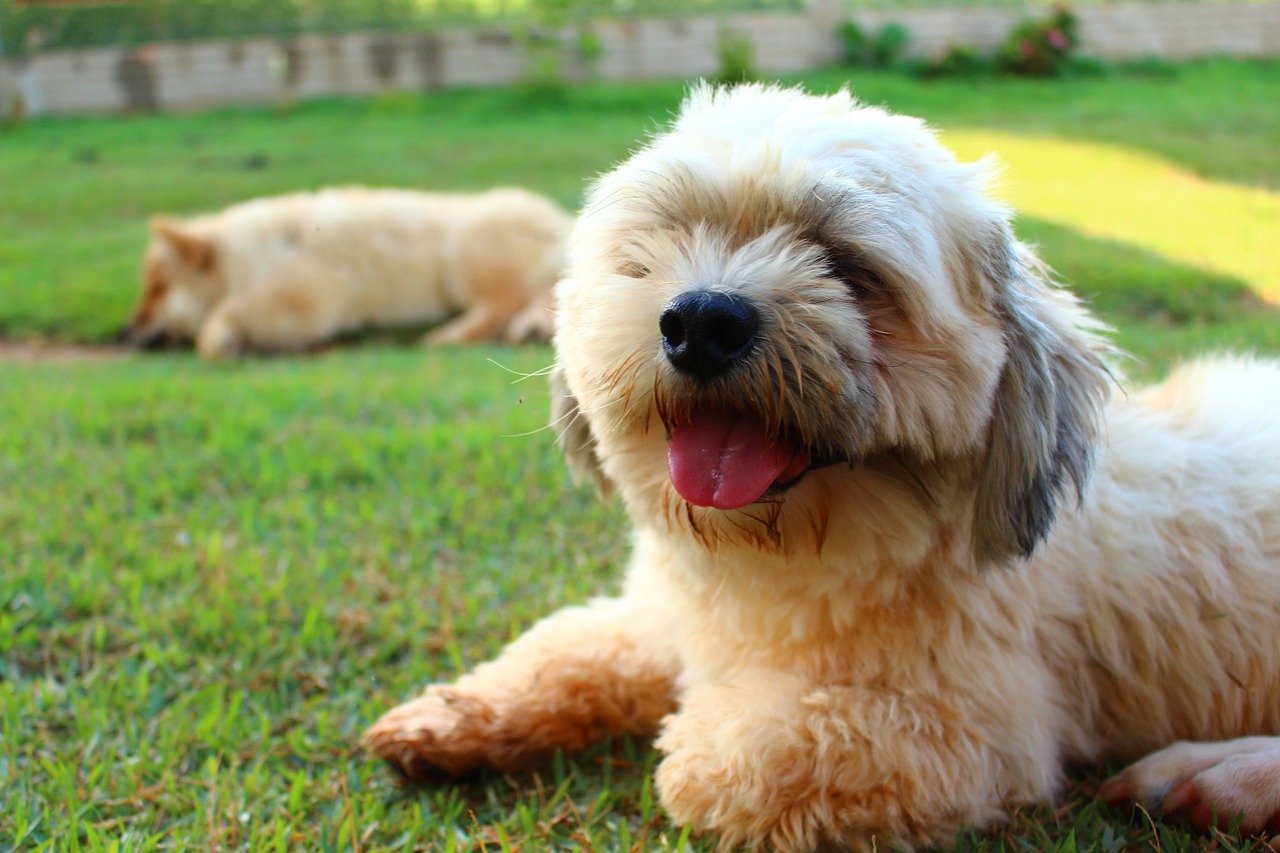 Shutterstock
Shutterstock
Lhasa Apsos are known for their luxurious coats and distinctive appearance but are also prone to various eye conditions as they age. PRA is a major concern for this breed, often leading to gradual vision loss and eventual blindness. Cataracts are common in older Lhasa Apsos, often requiring surgical intervention to restore vision. Regular eye checkups are crucial for this breed, as early detection of these conditions can help manage their progression and ensure the dog’s comfort and quality of life as they age.
The Woof May Be Strong, But the Sight Is Weak
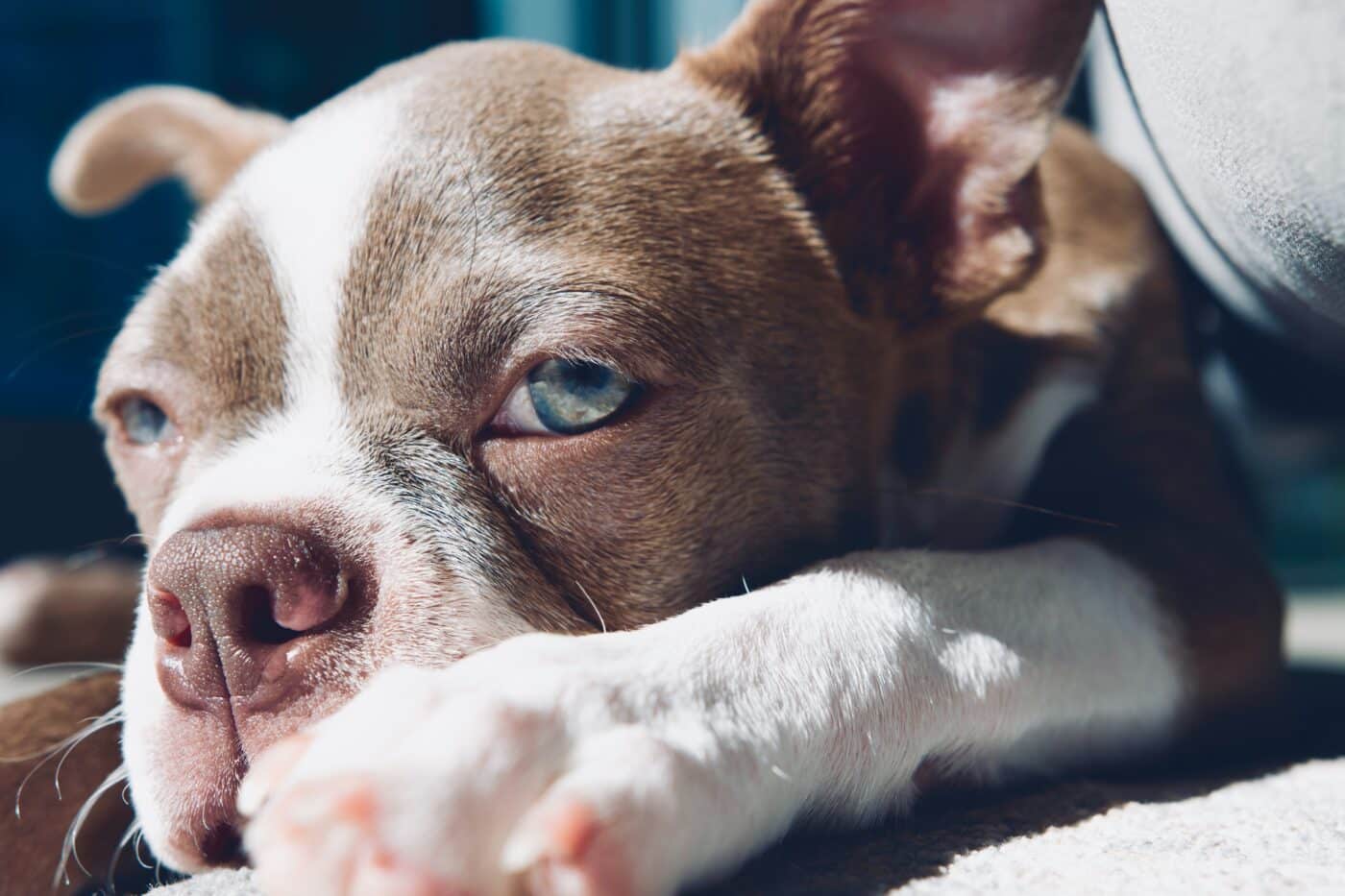 Shutterstock
Shutterstock
As our furry friends age, their eyesight may not be as sharp as it once was. From the soulful-eyed Cocker Spaniel to the playful Boxer, many breeds are predisposed to developing vision problems that could affect their quality of life. While glasses for dogs aren’t quite a thing (yet!), regular vet checkups and prompt intervention can work wonders in managing these issues. So, keep a close “eye” on your dog’s health because no matter how blurry things get, they’ll always see you as their favorite person!

 1 month ago
9
1 month ago
9




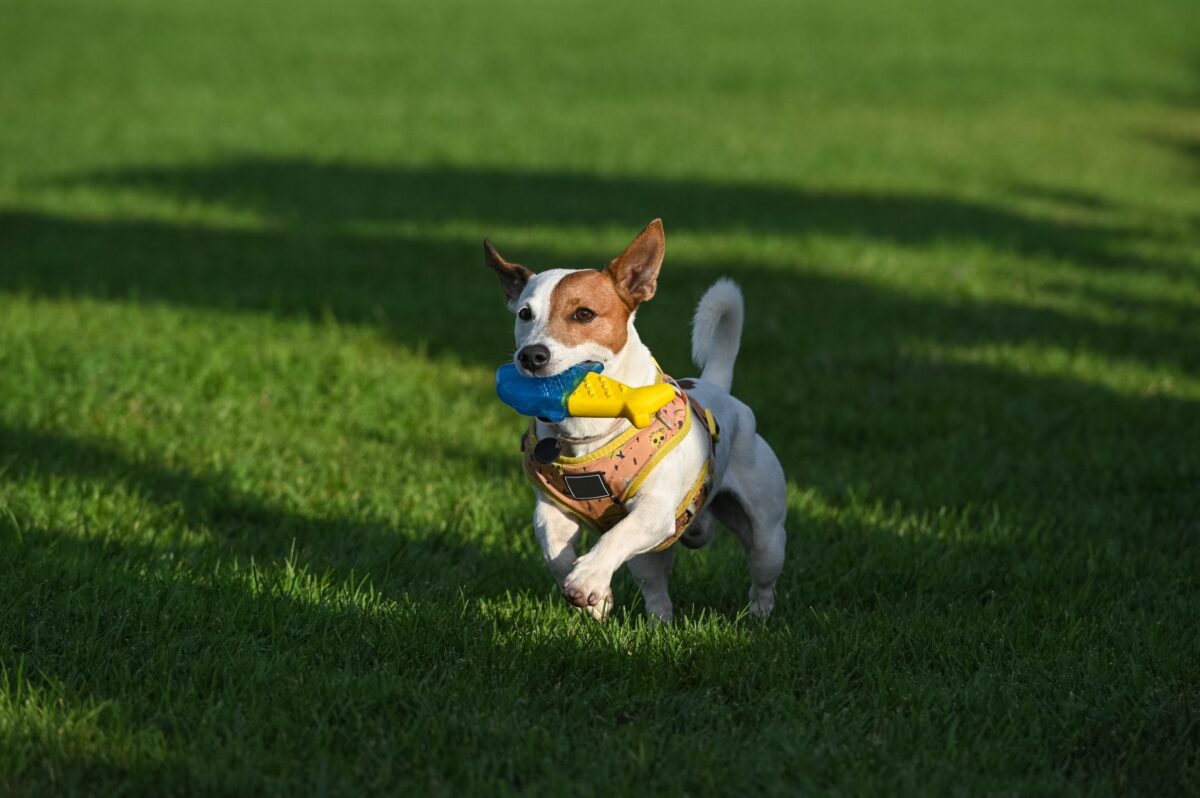


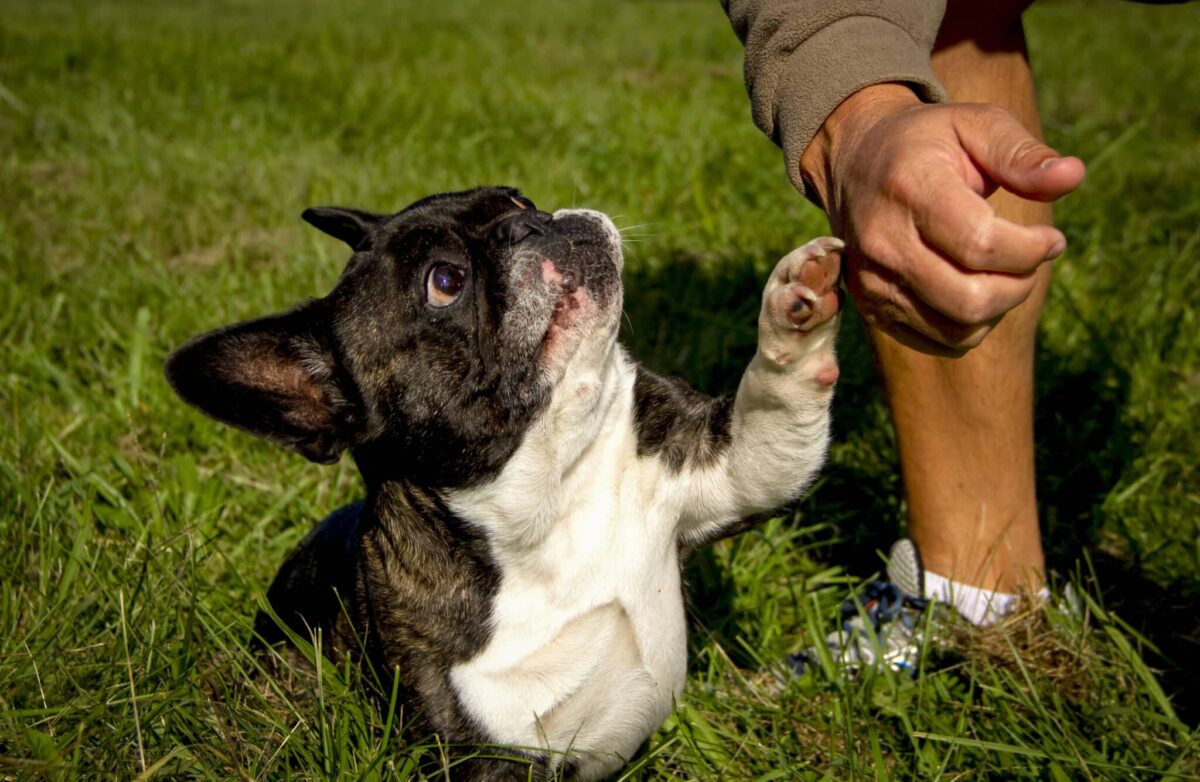
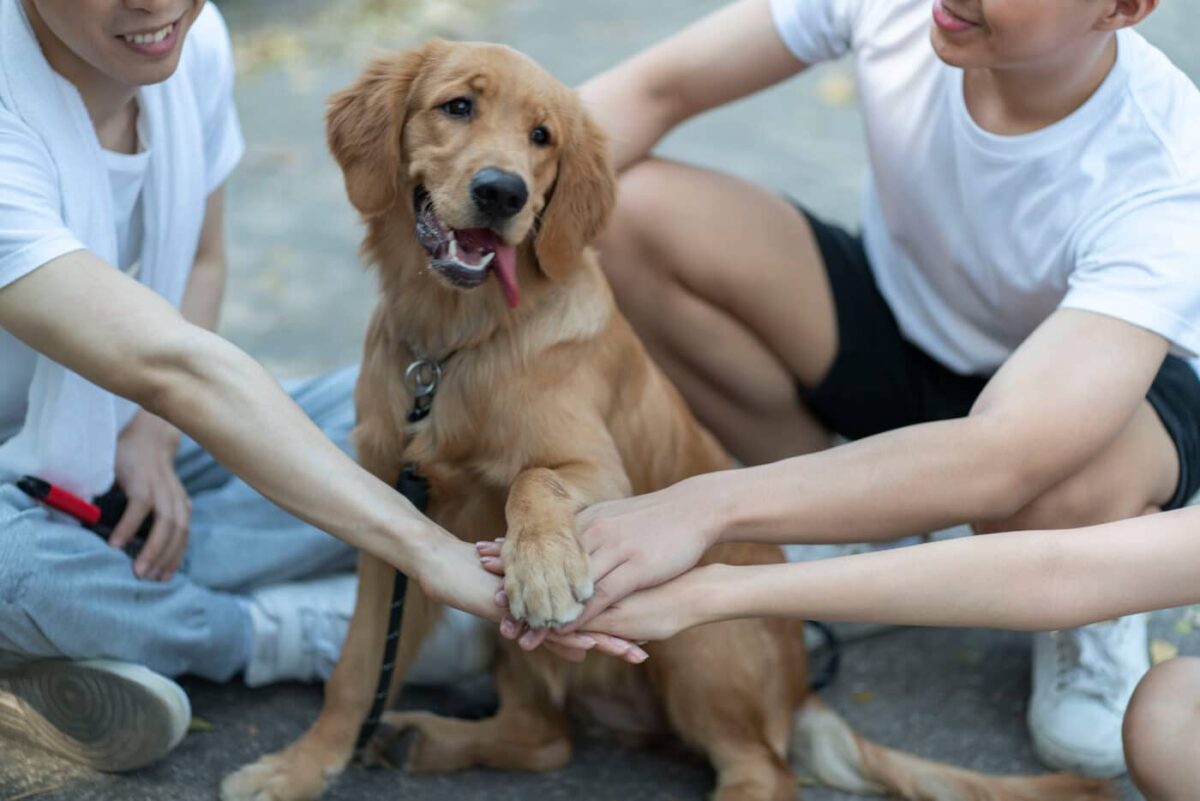







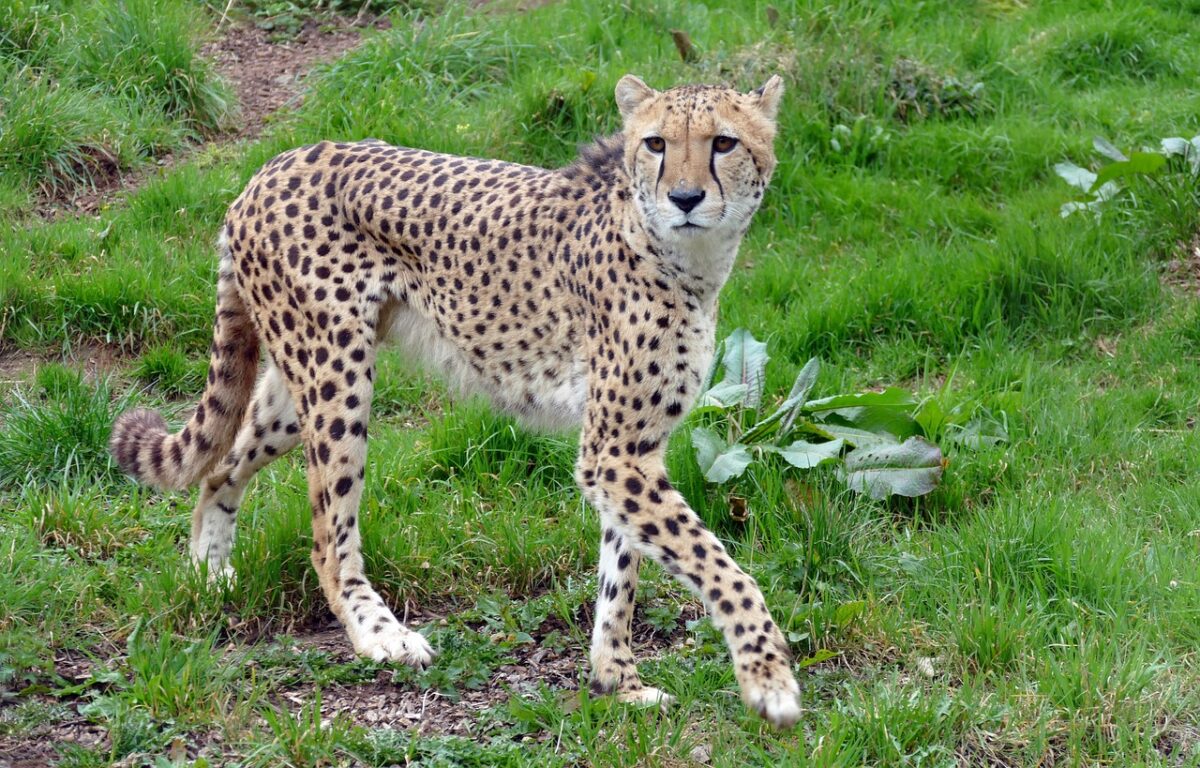
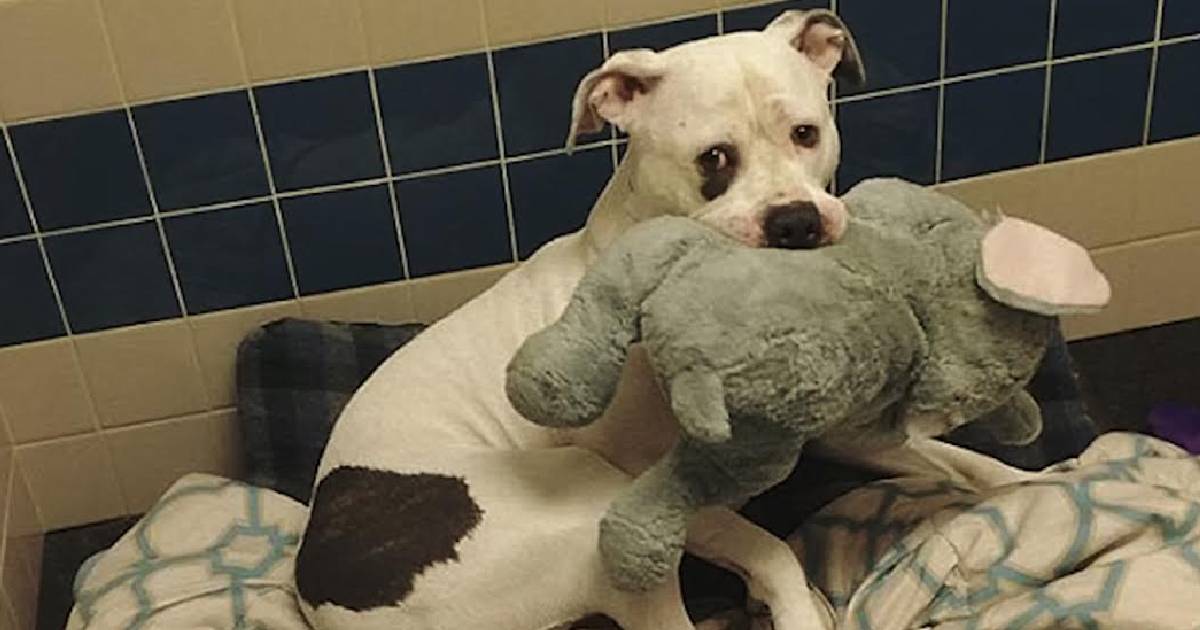
 English (US) ·
English (US) ·